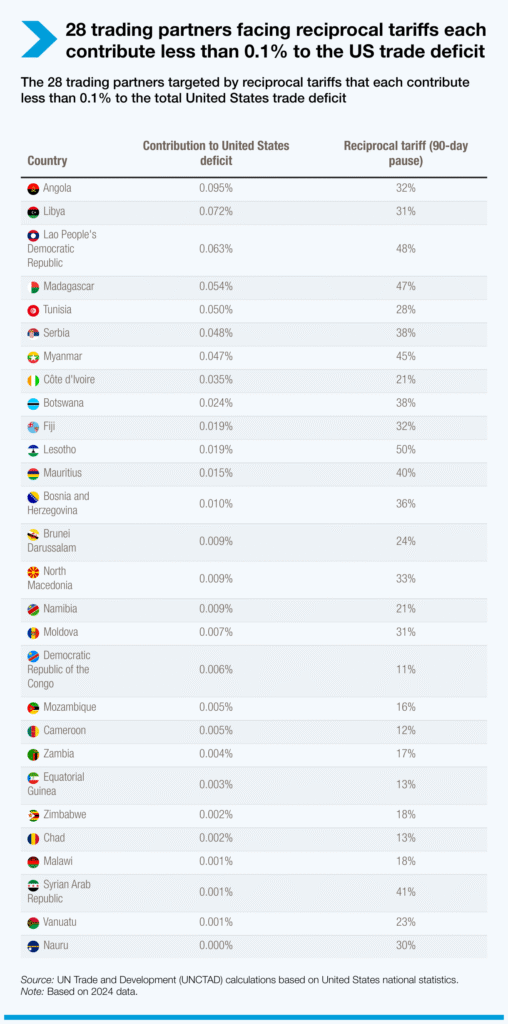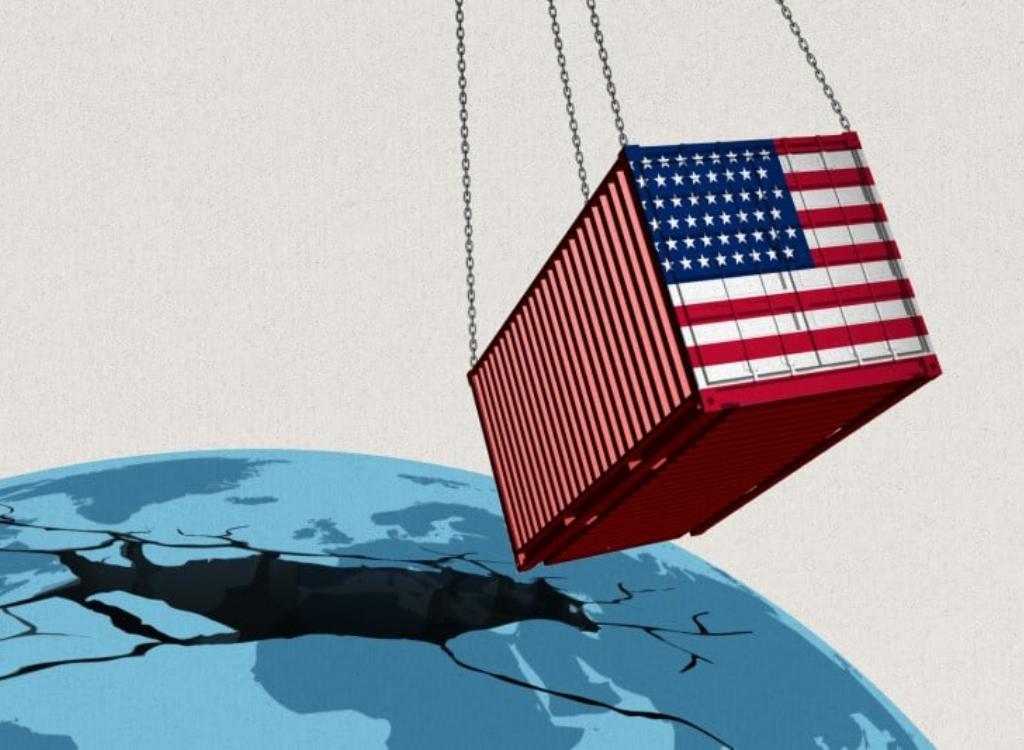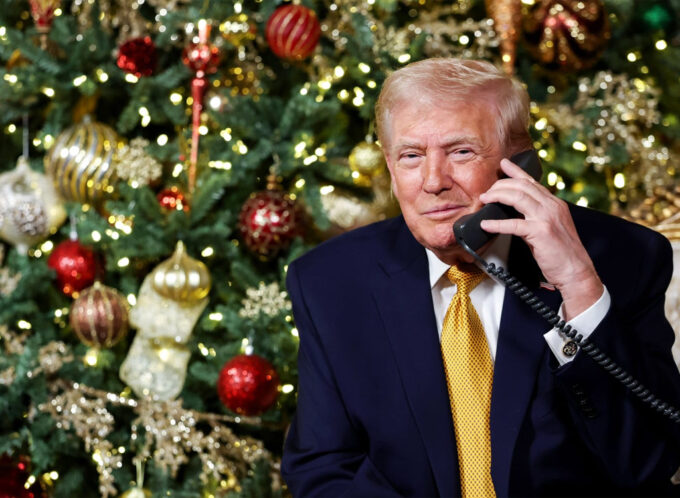Over the years, a rules-based global trading system has boosted international commerce and contributed to a gradual, steady decline in tariffs — a tax that countries levy on imported goods. In 2023, about two thirds of world trade occurred without tariffs.
In contrast, a sweeping spate of steeper tariffs recently introduced by major economies are raising concerns over escalating trade tensions and their impact on developing countries.
In a new report released on 14 April, UN Trade and Development (UNCTAD) is amping up calls that the poorest and most vulnerable economies be exempt from “reciprocal tariffs”.
Such tariffs, currently on pause for 90 days, were calculated at rates to balance bilateral merchandise trade deficits between the United States and 57 of its trading partners, which range from 11% for Cameroon to 50% for Lesotho.
The report, entitled “Escalating tariffs: The impact on small and vulnerable economies”, finds that in many cases, reciprocal tariffs risk devastating developing and least developed economies, without significantly reducing US trade deficits or increasing revenue collection.
Most vulnerable economies at risk
The 57 trading partners concerned – 11 of them least developed countries – contribute minimally to US trade deficits, UN Trade and Development notes.
28 out of these 57 trading partners each account for less than 0.1% of the deficits yet could still be subject to reciprocal tariffs.

As many of these economies are small in size, structurally weak with low purchasing power, they offer limited export market opportunities for the US.
“Any trade concessions they grant would mean little to the United States, while potentially reducing their own revenue collection,” the UN Trade and Develop report underscores.
Reciprocal tariffs likely to have ‘minimal’ impact on US
If the reciprocal tariffs kick in again, demands for many imported goods are likely to decrease because of higher prices.
Even if US import levels were to remain at 2024 levels, additional tariff revenue collected from poorer and smaller economies would be minimal.
For each of 36 of the 57 trading partners, the reciprocal tariffs would generate less than 1% of US current tariff revenues.
Potential negative impact on US consumers
The report also notes that several countries facing potential reciprocal tariffs export agricultural commodities the US doesn’t produce, for which there are few substitutes.
Some examples can be vanilla from Madagascar or cocoa from Côte d’Ivoire and Ghana.
In 2024, the US imported vanilla worth approximately $150 million from Madagascar. Cocoa imports from Côte d’Ivoire were close to $800 million, while imports from Ghana were valued at about $200 million.
Increasing tariffs on these goods, despite possibilities to add some revenues, is likely to result in higher prices for consumers.











Leave a comment